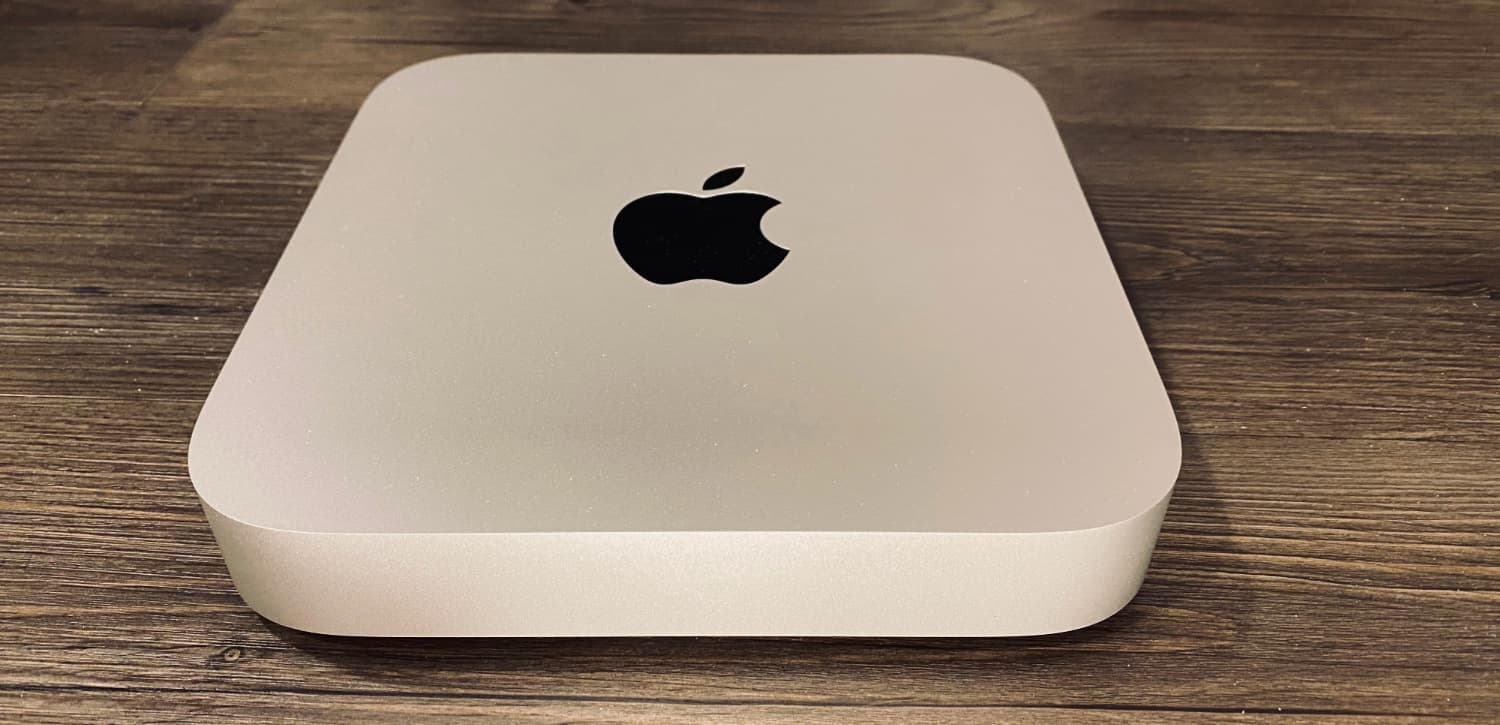
But then again, that chip can cost well over $8,000.Īpple's more direct competition is the Intel Core i9-12900K. AMD has been able to cram 64 cores into the Ryzen Threadripper 3990X, a monstrously powerful chip with a power-hungry 280-watt TDP (thermal dynamic profile).

While Apple's custom processors were miraculous on laptops - delivering speed and power efficiency like we've never seen before with x86 CPUs - desktop workstations are a far greater challenge. The M1 Ultra can be equipped with up to 128GB of unified RAM with 800 GB/s of memory bandwidth (again, double what's possible on the M1 Max). That means you can just double all of those stats: It has a 20-core CPU, 48-core GPU and a 32-core Neural Engine. In all practical respects, the M1 Ultra is basically two M1 Max chips joined together with Apple's "UltraFusion" die-to-die interconnect. (I can say with certainty there's never been this much RAM on my desk at once.) The M1 Max is pretty much the same chip that was featured on the new MacBook Pro: It has 10 CPU cores (8 8 performance cores, 2 for efficiency), a 24-core GPU and a 16-core Neural Engine for AI processing. (I know several video editors who'll be particularly peeved by this.)Īpple sent along two Mac Studio models for testing: one with an M1 Max chip and 64GB of RAM, and another with the M1 Ultra chip and 128GB of RAM. My only quibble is the rear headphone jack/line out connection: It's fine if you're using speakers, but it's annoying for people who constantly need to plug and unplug their headphones, especially since it's right beside the power button. I was shocked Apple even remembered USB Type-A exists, but I'm sure plenty of customers will be pleased that they can still use their old gear. On the rear, they're joined with four more Thunderbolt 4 USB-C sockets, two USB Type-A connections, a 10 Gigabit Ethernet port, HDMI and a headphone jack. So many ports! Up front, there are two Thunderbolt 4 USB-C connections and an easily accessible microSD card slot.

No, the Studio deserves a prominent spot on your desk, a symbol that you've become a true creative professional.Īlso, you'd definitely want it on your desk to get easy access to all of its ports.

It's not meant to disappear into the background like the Mac Mini. The Mac Studio has some benefits that are obvious even before you turn it on: It doesn't take up much floor or desk space it's easy to move around (clocking in at either 5.9 pounds for the M1 Max model or 7.9 pounds for the M1 Ultra) and its curvy aluminum case looks like something you'd find at MoMa.


 0 kommentar(er)
0 kommentar(er)
